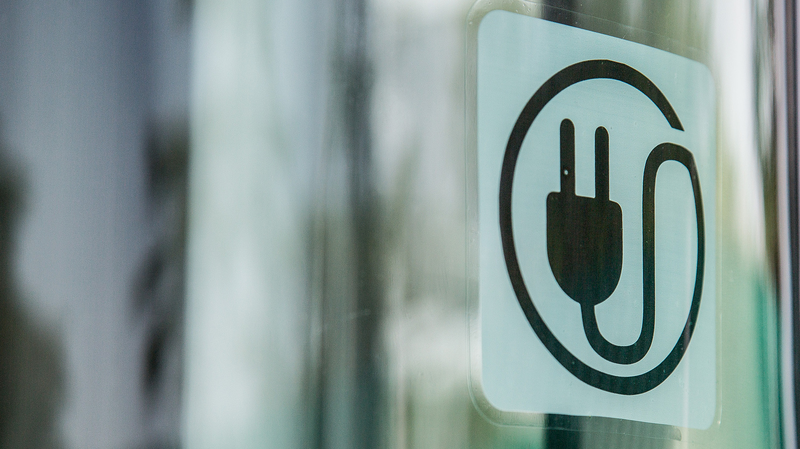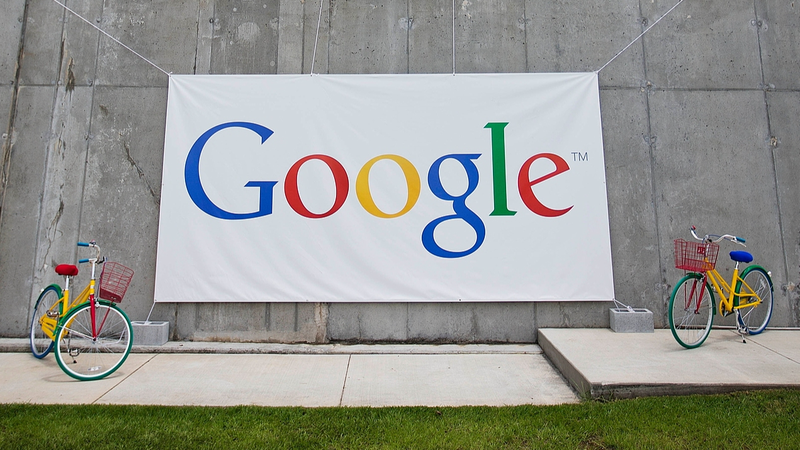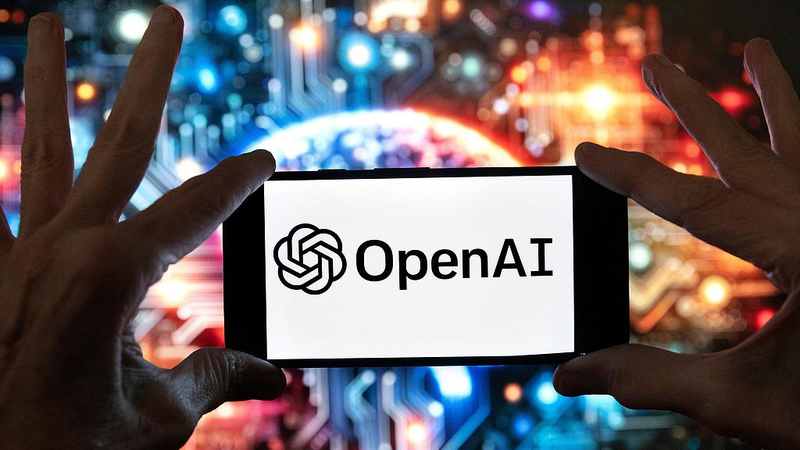For years, Apple's entry-level iPhone has trailed competitors on core specs. All that changes with the iPhone 17 basic model, which finally brings a 120Hz display, dual-band satellite positioning and 40W fast charging to the $700-$800 tier.
One of the biggest head-scratchers in Apple's lineup has been the omission of a high-refresh screen on its standard models – a feature that rivals have offered on sub-$300 phones. With 120Hz, scrolling feels buttery-smooth, apps launch faster and animations pop in a way that instantly feels premium.
Apple didn't stop there. Dual-band satellite positioning cuts map drift, so you'll pinpoint your café stop or hiking trail with far greater accuracy. Meanwhile, 40W wired charging bridges the gap with Android peers, fuelling a nearly dead battery to 50% in about 30 minutes.
Crucially, Apple has axed the 128GB storage option, a move many will welcome. In China, where super-apps can eat up several gigabytes each, 256GB or more is now the baseline. Users can finally stash music, videos and photos without constantly juggling files.
Compared with the iPhone 16, this entry model represents a clear step up. At $699 (256GB) and $799 (512GB), it undercuts many Android flagships while matching – or even exceeding – their specs in areas that matter most to daily users.
That said, the camera system remains a notch below top-tier rivals. The dual-lens setup captures solid shots in most lighting, but it won't dethrone phones with triple-lens arrays or periscope zooms. For photo fanatics, the Pro lineup still holds appeal.
Yet, the strengthened base model could cannibalize Apple's own Pro sales. The iPhone 17 Pro and Pro Max offer incremental features – like ProMotion, advanced LiDAR scanning and telephoto zoom – but at a much higher price. As more buyers choose the capable basic model, Apple's average selling price may dip.
On another front, the ultra-slim iPhone Air returns with a fresh design, yet it sheds stereo speakers and packs a smaller battery. It caters to niche users who prize minimalism – but for most, the regular iPhone 17 will hit the sweet spot.
In the end, Apple has delivered its most competitive entry-level iPhone to date. The question now is whether it can balance volume and margin as more users opt for a "good enough" option that rivals – and sometimes bests – higher-end models.
Reference(s):
Opinion: Apple finally shops an iPhone basic model that's not subpar
cgtn.com



